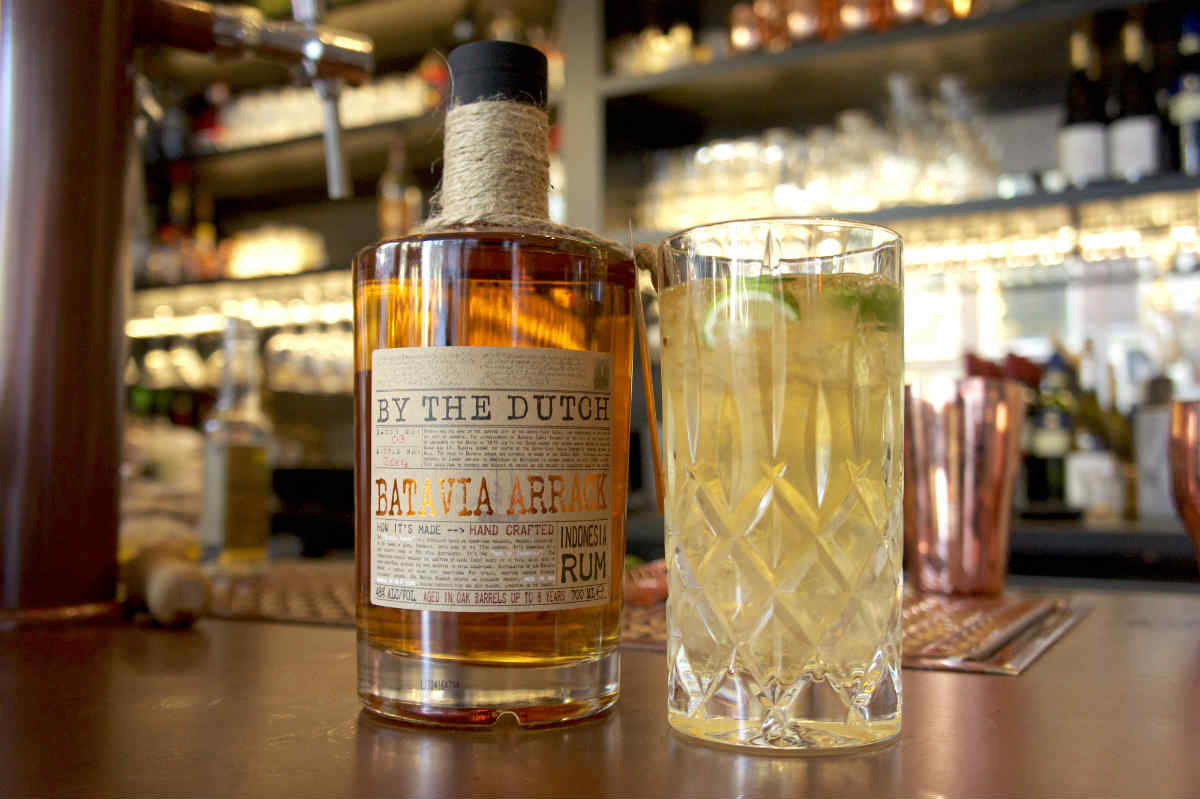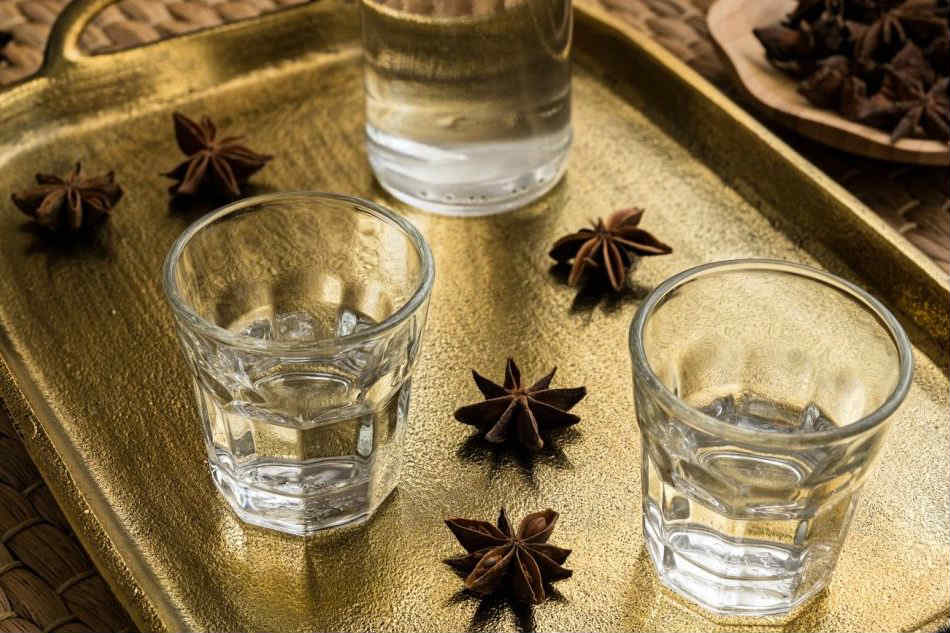Arak and arrack are two of the more obscure spirit categories in existence. Defining either would put many drinkers on the spot, let alone discerning the difference between them. To save you from such a fate, we’ve created this handy primer.
The first thing to know is that arak and arrack are related by name only. Arak refers to an anise-flavored spirit native to the Middle East, while arrack is a catch-all term for a broad swath of otherwise unrelated spirits made in India and Southeast Asia.
How these loose and disparate categories came to have near exact names is a matter of debate. Some accounts believe that as arak traveled east, its name came to be used as a general descriptor for all distilled spirits. Others conjecture that the word arrack originated as areca, the name of a common palm tree whose nuts were sometimes distilled into alcohol. Whatever the case, the name stuck and here we are.
What Is Arak?
Arak is an anise-flavored spirit that originated in the Middle East (its name comes from the Arabic word for “distillate”). It is most commonly distilled from grapes, although it is sometimes distilled from sugar cane, dates, raisins, or figs depending on the region. It is often diluted with cold water when served, similar to absinthe. Because the essential oils of anise are not soluble in water, arak will become cloudy and milky in appearance after dilution.
Arak Basics
- Arak is typically distilled from grapes, sugar cane, dates, raisins, or figs.
- Anise seeds are added for flavoring during the second or third distillation.
- Arak ranges in strength, but is often bottled at a high proof.
- Arak is sometimes aged in a traditional clay jar after distillation.
What Is Arrack?

By the Dutch Batavia Arrack
There is no single definition of arrack, only local variants. These include Filipino and Sri Lankan spirits made from the sap of coconut flowers, Indian and Indonesian spirits made from palm wine, and a specific Indonesian spirit made from molasses and red rice called Batavia arrack. It is similar to rum, but gains a distinct, funky flavor from the use of local red rice in the fermentation process.
While Batavia arrack can only be distilled on the Indonesian island of Java, it’s often bottled, aged, blended, and exported by Dutch companies (Indonesia is a former Dutch colony, and its capital city of Jakarta was then-known as Batavia). Batavia arrack is the most closely defined arrack, and the one you’re most likely to encounter in your local liquor store—look for bottles from van Oosten and By the Dutch (pictured above). For that reason, we’ll focus our “basics” around Batavia arrack.
Batavia Arrack Basics
- Batavia arrack is distilled on the Indonesian island of Java from molasses and a smaller portion of local red rice.
- Batavia arrack is distilled in a pot still.
- Batavia arrack is aged in oak casks.




I’ve tried both Arak and Arrack. A lot of different things are called Arrack, and there’s more consistency when it comes to Arak. My fav Arrack is definitely Batavia Arrack, and my fav Arak is Arak Muaddi (www.muaddi.com). The latter is 106 proof, which is the standard for Arak.